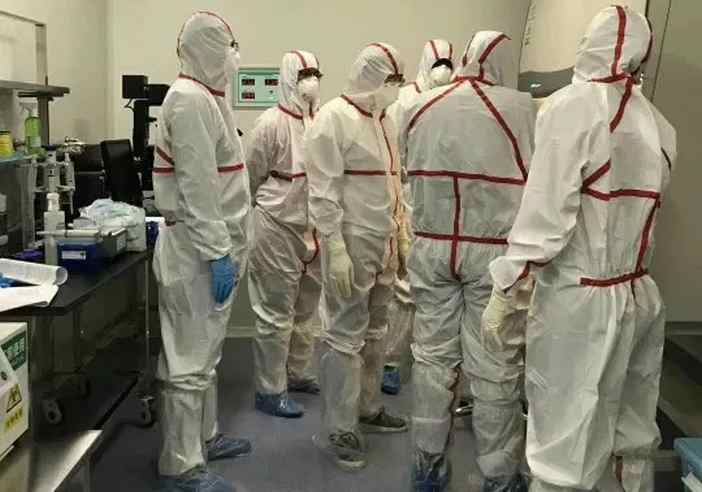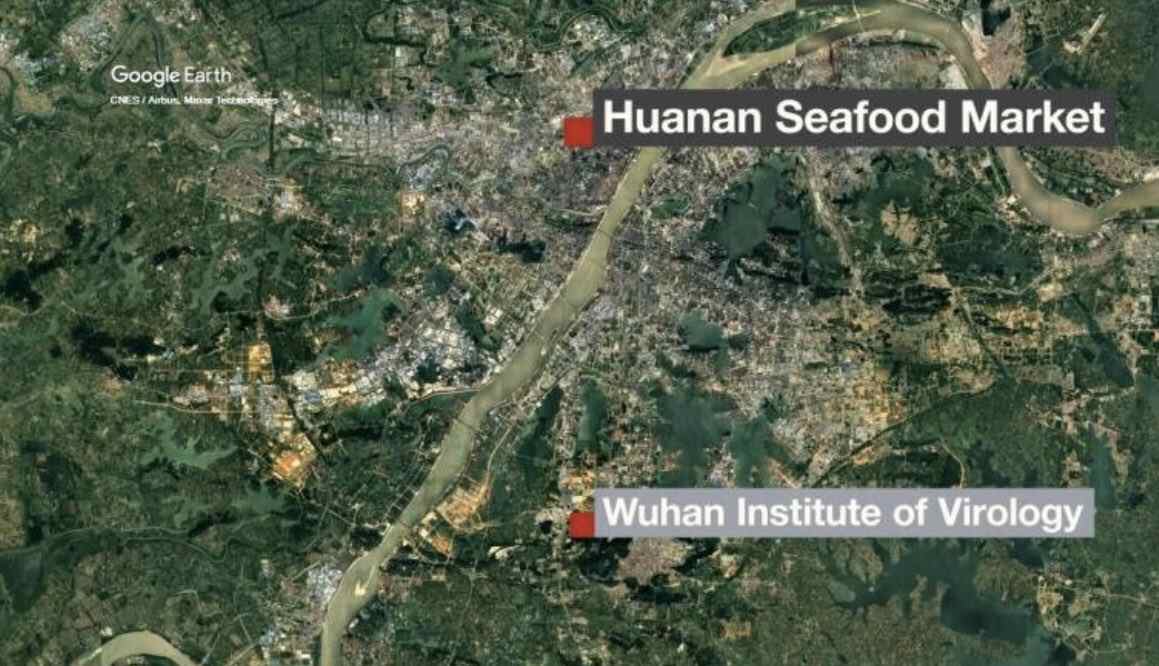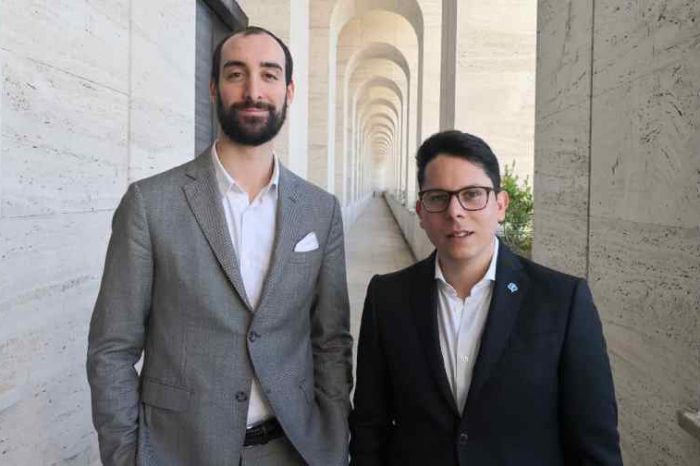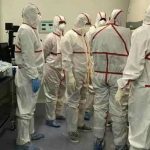Coronavirus may have originated from China’s Wuhan laboratory, study from Chinese researchers shows

Where did the coronavirus originate from? That’s one of the most asked questions since the virus started about two months ago. It is a lingering question everyone is asking about. According to a new report from Science Magazine, Wuhan seafood market may not be the source of novel virus that has already claimed the lives of at least 400 people worldwide.
While all eyes have so far focused on the seafood market in Wuhan, China, as the origin of the outbreak, the magazine pointed to a description of the first clinical cases published in The Lancet on Friday challenges that hypothesis. The Chinese government denied the lab link to coronavirus as questions over the origin of the virus mount.
According to a study written by a large group of Chinese researchers from several institutions, of the original 40 cases in Wuhan, the epicenter of the outbreak, 14 people who contracted the virus never set foot in the Wuhan wildlife market where Chinese authorities have claimed the virus originated. The study further provides details about the first 41 hospitalized patients who had confirmed infections with what has been dubbed 2019 novel coronavirus (2019-nCoV). In the earliest case, the patient became ill on 1 December 2019 and had no reported link to the seafood market, the authors report.
“The symptom onset date of the first patient identified was Dec 1, 2019. None of his family members developed fever or any respiratory symptoms. No epidemiological link was found between the first patient and later cases,” the researchers said in the study. Their data also show that, in total, 13 of the 41 cases had no link to the marketplace. “That’s a big number, 13, with no link,” says Daniel Lucey, an infectious disease specialist at Georgetown University. You can read the report in its entirety at Lancet.com

Earlier reports from Chinese health authorities and the World Health Organization had said the first patient had onset of symptoms on 8 December 2019—and those reports simply said “most” cases had links to the seafood market, which was closed on 1 January.
Science Magazine is not alone in commenting on the Lancet study. U.S. Senator Tom Cotton cited the same Lancet study. He tweeted the following: “China claimed—for almost two months—that coronavirus had originated in a Wuhan seafood market. That is not the case. @TheLancet published a study demonstrating that of the original 40 cases, 14 of them had no contact with the seafood market, including Patient Zero.” Sen. Tom Cotton refused to accept claims China made about the origin of the deadly coronavirus.
China claimed—for almost two months—that coronavirus had originated in a Wuhan seafood market. That is not the case. @TheLancet published a study demonstrating that of the original 40 cases, 14 of them had no contact with the seafood market, including Patient Zero. pic.twitter.com/PdgqgHjkGy
— Tom Cotton (@SenTomCotton) January 30, 2020
In a related story, late last month, Federal Agents arrested Dr. Charles Lieber, chair of Harvard University’s Department of Chemistry and Chemical Biology, after lying to the Department of Defense about secret monthly payments of $50,000.00 paid by China and receipt of millions more to help set up a chemical/biological “Research” laboratory in China, according to a report from the US Department of Justice (DOJ).
Also arrested were two Chinese “Students” working as research assistants, one of whom was actually a lieutenant in the Chinese Army, the other captured at Logan Airport as he tried to catch a flight to China – smuggling 21 vials of “Sensitive Biological Samples” according to the FBI. According to DOJ, this same research professor had helped set up a lab at the Wuhan University of Technology, the same city that is now a ground zero to the potentially global pandemic coronavirus.
“Unbeknownst to Harvard University beginning in 2011, Lieber became a “Strategic Scientist” at Wuhan University of Technology (WUT) in China and was a contractual participant in China’s Thousand Talents Plan from in or about 2012 to 2017,” DOJ said.




